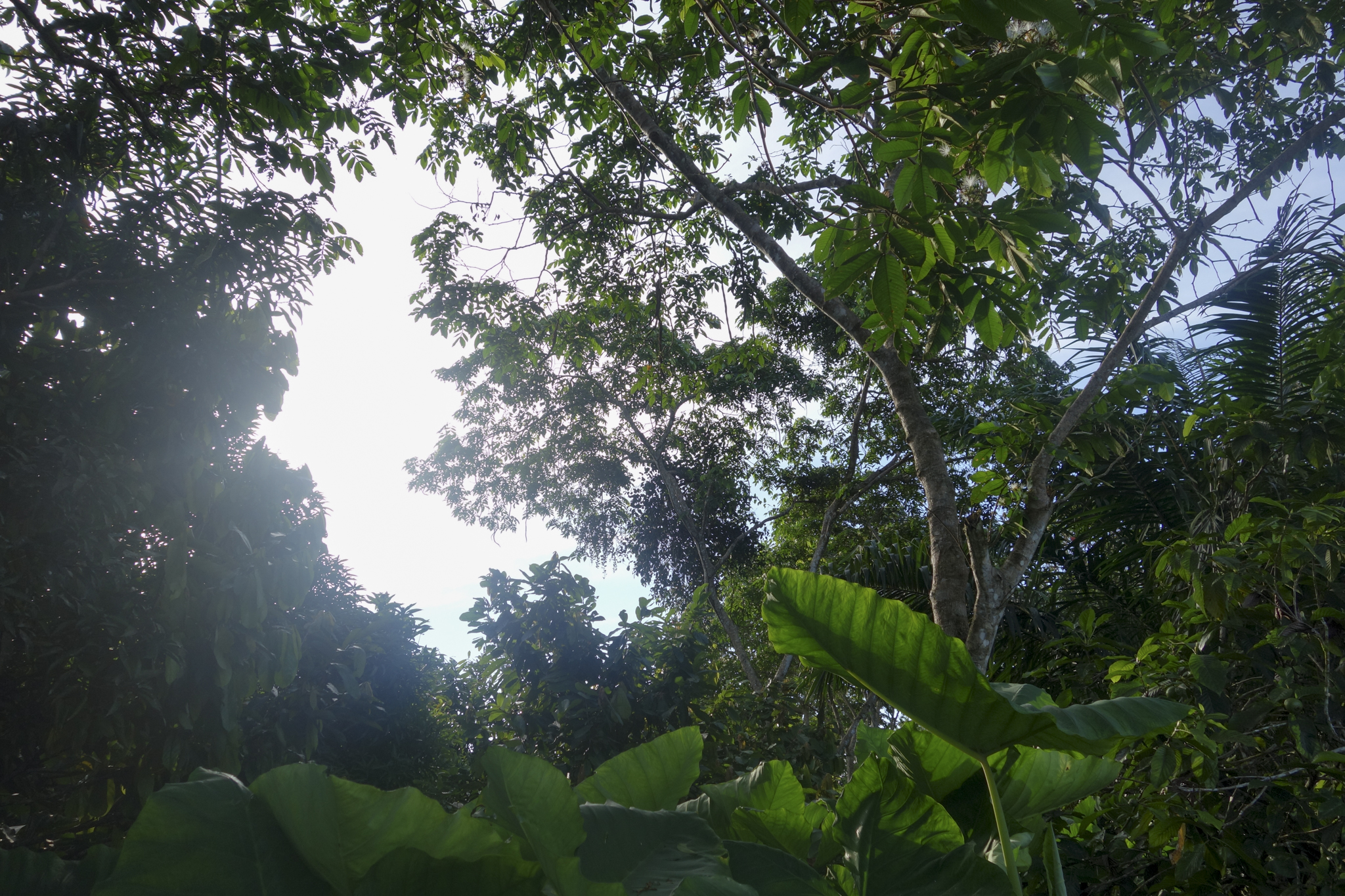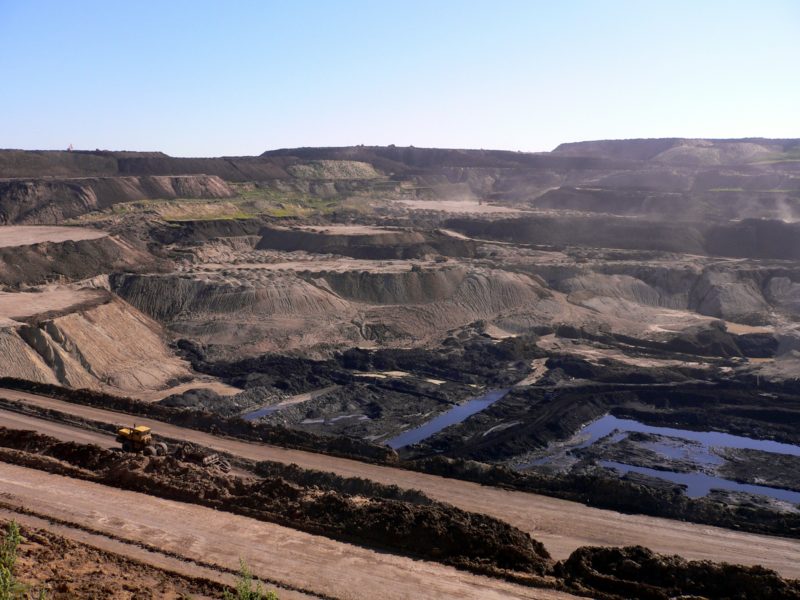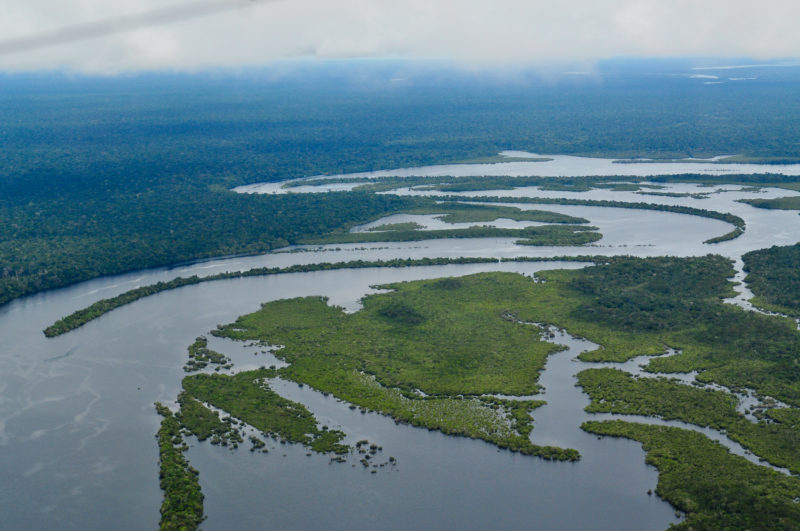Why are tropical forests important?
Tropical forests are large sources of climate gas emissions. They could instead be a big part of the climate solution. They could take CO2 out of the atmosphere. Norways International Climate and Forest Initiative has pledged up to 3 billion NOK a year to help stop global deforestation. This page describes why the forests are so important.
Tropical forests are large sources of Greenhouse Gas (GHG) emissions, due to deforestation. They could instead be a big part of the climate solution. There is simply no way to reach the climate goals or the sustainable development goals without a change of direction.
Natural Carbon Capture and Storage
Scientists all over the world are working hard to develop technology to capture and store carbon. But we have this technology already: The forests. The process is called photosynthesis. It happens all over the world – every day!
When the warm sunlight hits the leaves of plants and trees, they inhale carbon dioxide – CO² – from the atmosphere. As the trees grow, they store the carbon in their roots and trunks, and exhale the oxygen – O² – back into the atmosphere. This enormous process of balance has worked for millions of years.
Tropical forests are some of the most species-rich and varied environments on the planet. The animals are important in their own ecosystems, and invaluable to humans as sources of food and medicine. For instance, on a single bush in the Amazon, you can find more species of ants than on all of the British Isles.
These forests also guarantee fresh water supplies to millions of people living in and around them. Tropical forests influence regional rain patterns. They are essential to life on the planet.
Coal, oil and gas are all the result of ancient carbon capture from trees and plants. When we burn fossil fuels, the carbon that is released into the atmosphere upset the natural balance of the carbon cycle. This causes increased CO² levels in the atmosphere, which leads to global warming.
We need to stabilize and reduce CO² -levels in the atmosphere in order to reduce global warming. This takes reducing carbon emissions on the one hand, and taking carbon out of the atmosphere on the other. To accomplish this, natural solutions like preserving and expanding forests and reducing emissions from land use are absolutely crucial.
At the climate summit in Paris 2015 world leaders committed to limiting climate change to 2°C and to striving for 1.5°C. To reach these goals, according to the IPCC, we need to cut fossil fuel emissions in half and increase forest cover with an area the size of Germany every year. We also need to take carbon out of the atmosphere.
There are some successes though, and compared to 1990 levels deforestation has declined on a global level. But more has to be done, and time is running out.
In the worst case, this could cause famine and unprecedented migration from the dried-out areas.
As climate change becomes more urgent, forests protect us from floods and devastating landslides.







